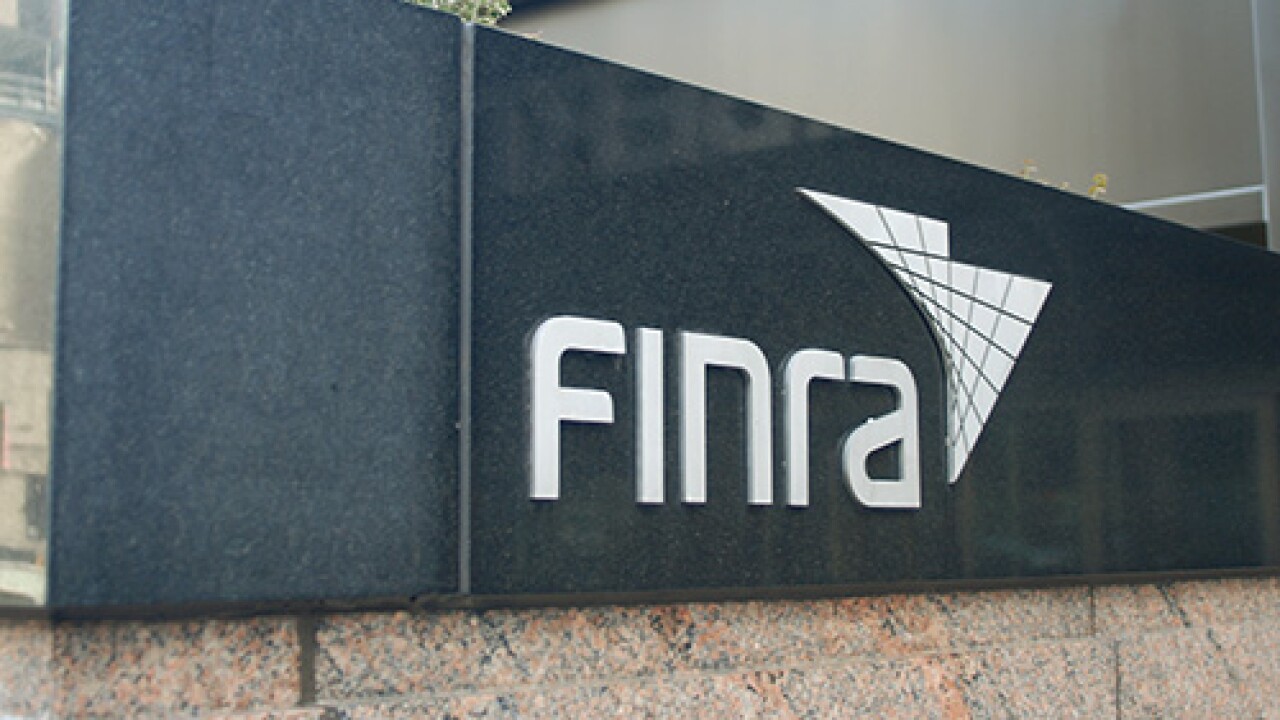Municipal issuers in the Midwest sold $46.05 billion of bonds in the first half of 2025, posting the biggest year-over-year gain of any region.
Bond sales surged 29.9% year-over-year to $46.05 billion and 1,475 issues, up from $35.64 billion and 1,374, according to LSEG data.
For most of the region's 11 states, issuance rose dramatically — from an 84.8% increase in Nebraska and 77.4% in Iowa to the most modest uptick, 10.3%, in Illinois. The only two exceptions were North Dakota, which saw its issuance plummet by 55%, and Minnesota, where issuance dropped by 18.8%.
All but three Midwest states significantly outpaced the national 14.7% year-over-year volume gain.
Second quarter issuance was stronger in the region: $26.81 billion, compared to $19.24 billion in the first quarter.
"We started the year with a very flat yield curve," said Diana Hamilton, president of Sycamore Advisors. "At the time, the biggest thing on the table was the reauthorization of the tax bill… There's been a lot of volatility, and a lot more uncertainty and more dramatic changes than people expected."
The muni yield curve is now twice as steep, Hamilton noted. It was 106 basis points at the start of January, and stood at 237 basis points as of Monday.
The front end, one-year MMD dropped from 2.86% to 2.23% on Friday, while the 30-year MMD has gone up 70 basis points, from 3.92% to 4.60%, with 4.60% being the high 30 year rate in 2025.
"The steepness of the curve and drop in short-term rates has helped some refundings become more economically viable," Hamilton said.
Infrastructure needs at the local level have been growing, and haven't been addressed to the extent necessary, Hamilton said. She pointed to the American Society of Civil Engineers'
"The funding spigot is getting cut off to the states," Hamilton said. "There remain huge infrastructure needs — water, sewer, lead service line replacement. I would say the increase in borrowing is largely a factor of the federal funding having run out… A lot of the burden is being shifted to state and local governments."
That increase in borrowing was evident in the Midwest though it was the second smallest region for issuance, ahead of only the Southeast.
Michigan issuers led the Midwest in volume, with $7.78 billion, followed by Illinois with $6.94 billion.
The Michigan surge was likely the result of several factors, most notably a push by school districts in the state to issue before July 1, said Thomas Colis, public finance group leader at Miller Canfield, who is based in the firm's Detroit office.
"Our K-12 schools tend to issue the majority of their debt in the first half of the year," he said. "Because typically, especially when it comes to elections, most of them will levy the tax to support that debt July 1. So you have to have the deal issued prior to July 1."
Colis estimated that two-thirds to three-fourths of the deals his firm does for K-12 school districts are issued in the first half. And "we see bigger and bigger issues these days," he said. "It's more expensive to build high schools and renovate existing facilities, so the dollar volume for those transactions has really increased over the years. It's not unusual to see a $150 million K-12 deal."
Issuers still have to fund critical infrastructure improvements, and with fewer federal grants, "they're having to get into the market and pretty much paying twice as much," he said. "The borrowing costs are a lot more for our local communities if they can't access those programs."
New money debt leaped 33.5% to $36 billion, while refunding bonds ticked up more than 21% to $5.35 billion this year.
"We're seeing some (refunding transactions), but you're picking particular maturities, it's not like all these deals are making sense all of a sudden," Colis said. "Now, if the Fed moves rates a little bit… We're hearing maybe two rate cuts by the end of the year, and that would help short-term rates, which means that maybe these refunding transactions, at least some of them, would make more sense and produce some savings."
Hamilton said many issuers took advantage of refundings when rates were lower, but moved to tenders when interest rates changed.
Tenders seemed to work well for a period of time this year: "They enabled certain transactions to get done that could not otherwise have been done," she said. "Tenders certainly played a big role in the market in terms of offering an alternative to advance refunding."
While April's market turbulence held some issuers back, it did not seem to dampen the overall positive trend in the Midwest.
Issuers may have hesitated early in the year, Hamilton said, but that dynamic eventually shifted — despite the fact
Market participants were either rushing to try to get ahead of the curve or just pausing, she said.
"We actually postponed a couple of transactions," Colis said. "If they weren't in a rush to have the proceeds… we delayed them a couple weeks, and it absolutely made a huge difference because the market settled a little bit, and we were able to get more favorable rates than if we had just jumped in at that time."
The tariff issue doesn't only impact rates, Colis noted. "It's a huge impact potentially on the costs of the projects that we're financing," he said. "The uncertainty of the pricing is causing a lot of consternation for our issuers, and for the contractors."
In the near term, issuers will have to contend with the tapering of pandemic relief funds and a very different White House and Congress from the ones that passed the American Rescue Plan Act and the Bipartisan Infrastructure Law.
"I don't know that people recognized that DOGE would play such a big role," Hamilton said. "There were dramatic policy changes at the federal level, especially those affecting state and local governments."
As was the case in 2024, education debt dominated Midwest issuance, coming to $15.25 billion in volume, up from 2024's $11.234 billion.
Debt LSEG classified as general purpose was the next largest category at $8.287 billion in volume, up 12% year-over-year.
Healthcare was the growth story of the year in the Midwest, jumping to third place in 2025 from fifth place in 2024, and ballooning to $6.09 billion this year from $2.69 billion last year.
Tax-exempt issuance grew to $42.2 billion from $31.4 billion last year, while taxable debt dropped to $2.4 billion from $3.69 billion in 2024.
Over $4.23 billion of Midwest debt was wrapped with bond insurance in the first six months of 2025, up 16%from the same period in 2024.
The Indiana Finance Authority was the region's highest volume issuer, selling $2.28 billion in 15 deals, according to LSEG. It was followed by the Wisconsin Public Finance Authority, with $2.07 billion in par amount, and the Illinois Finance Authority, the Columbus Regional Airport Authority and the state of Ohio.
The IFA's $1.4 billion deal for Indiana University Health in June was the Midwest's largest of the first half, followed by the $1.2 billion Columbus Regional Airport Authority deal in January.
RBC Capital Markets topped the senior manager rankings in the Midwest in the first six months of this year, credited by LSEG with $5.68 billion in par amount. BofA Securities, Stifel Nicolaus, JP Morgan Securities and Baird round out the top five. Jefferies, Morgan Stanley, Piper Sandler, Barclays and Siebert Williams Shank rounded out the top ten.
PFM Financial Advisors was the region's number one financial advisor, credited with $10.02 million, followed by Kaufman Hall & Associates, Acacia Financial Group, Baker Tilly Municipal Advisors and PMA Securities. Public Resources Advisory Group, CSG Advisors, Ehlers & Associates, Robert W. Baird and Piper Sandler filled out the top ten.
The top bond counsel in the Midwest during the first half of the year was Kutak Rock, credited with $4.78 billion in par amount. Chapman and Cutler, Gilmore & Bell, Ice Miller and Quarles & Brady completed the top five, with Miller Canfield, Squire Patton Boggs, Dickinson Wright, Dinsmore & Shohl and Dorsey & Whitney in the top ten.
Hamilton is seeing separately managed accounts become an
"An internal Morgan Stanley study estimated SMAs as having $2 trillion under management — so very powerful in setting pricing results," she said. Meanwhile, there are more of the traditional buyers coming in at the long end, she said.
For issuers, this year has brought a return to an old maxim: "Don't fight the tape." Hamilton said she saw a number of deals get accelerated when the market was good. Price discovery is also much more a factor, she said.
"Be ready to move fast when you've got the market in your favor," Hamilton said.





